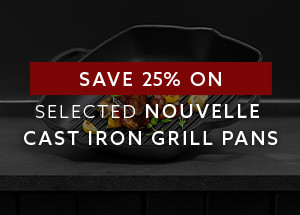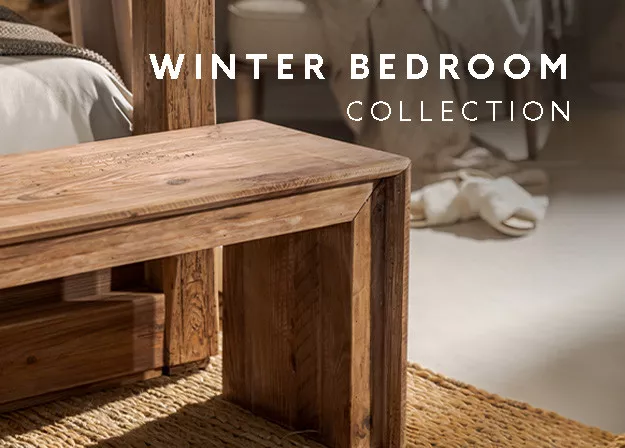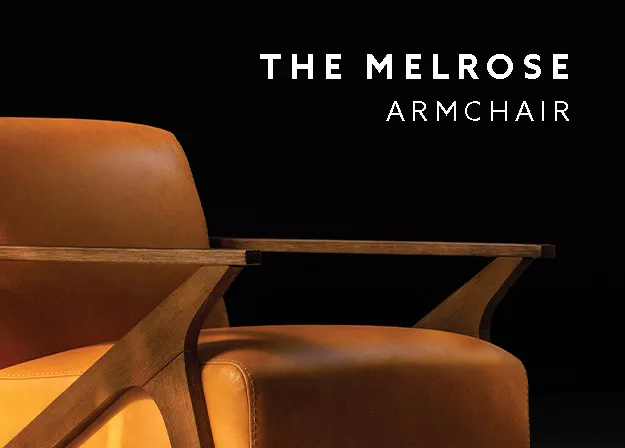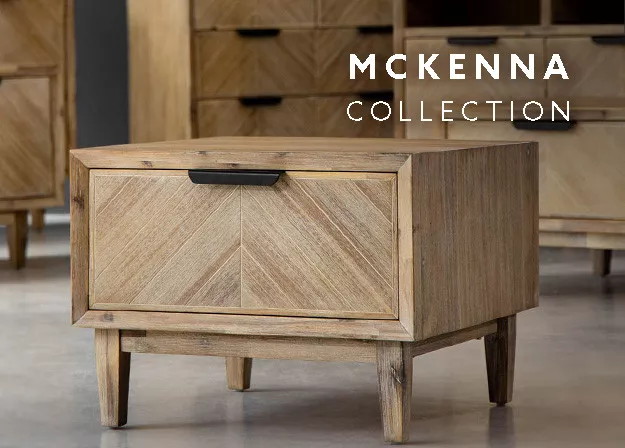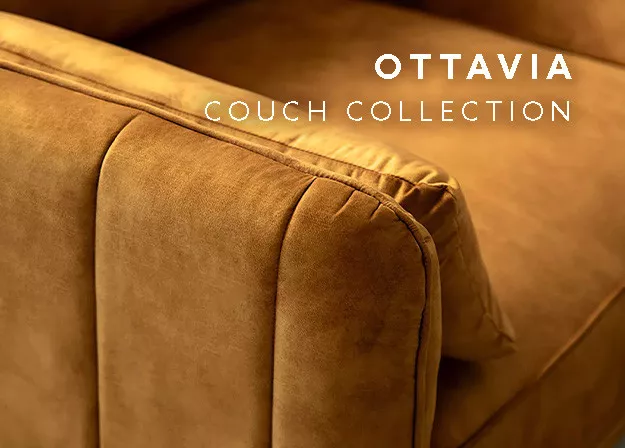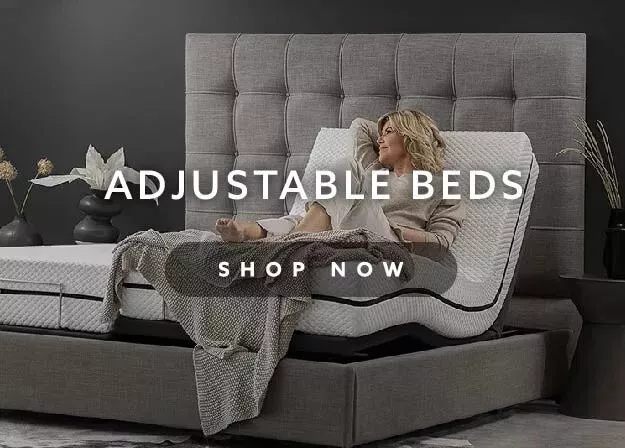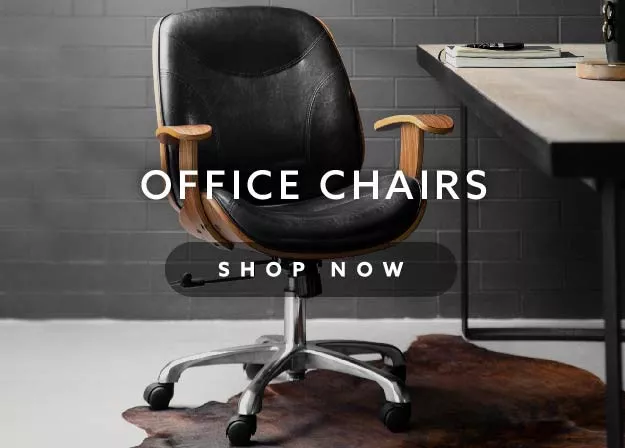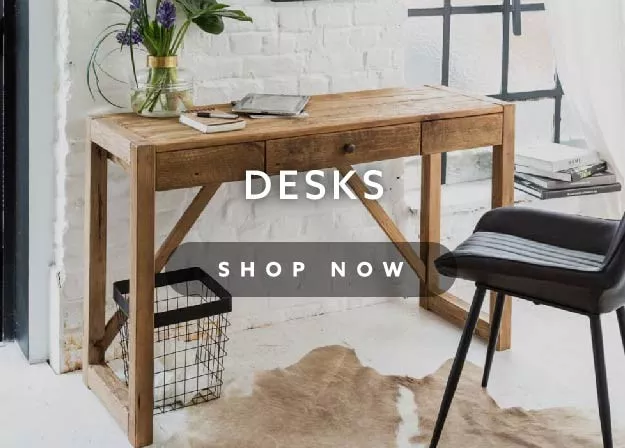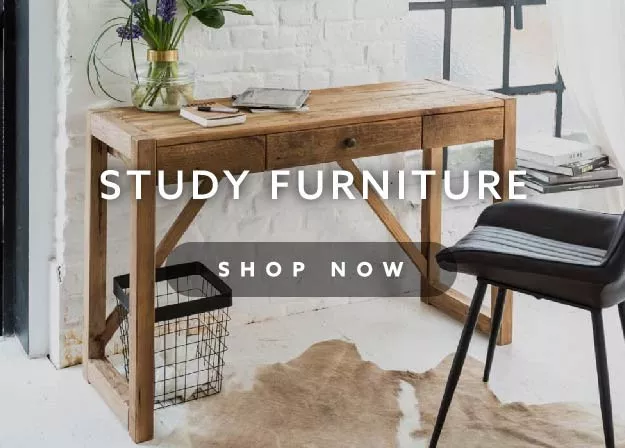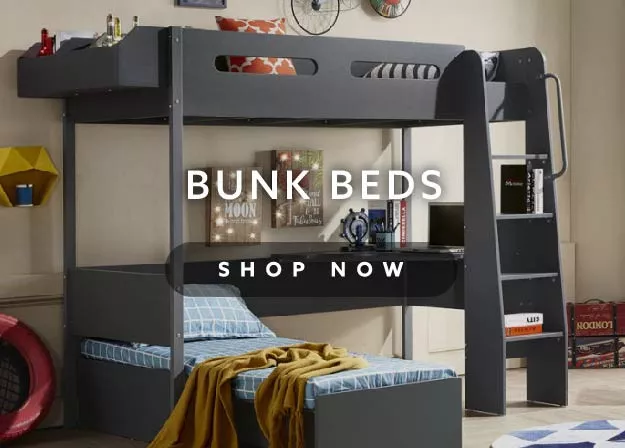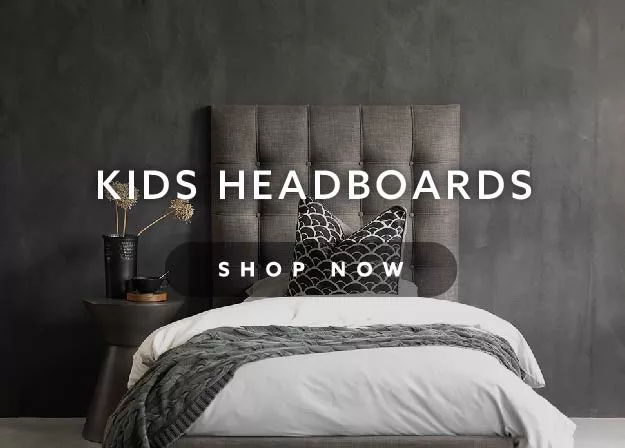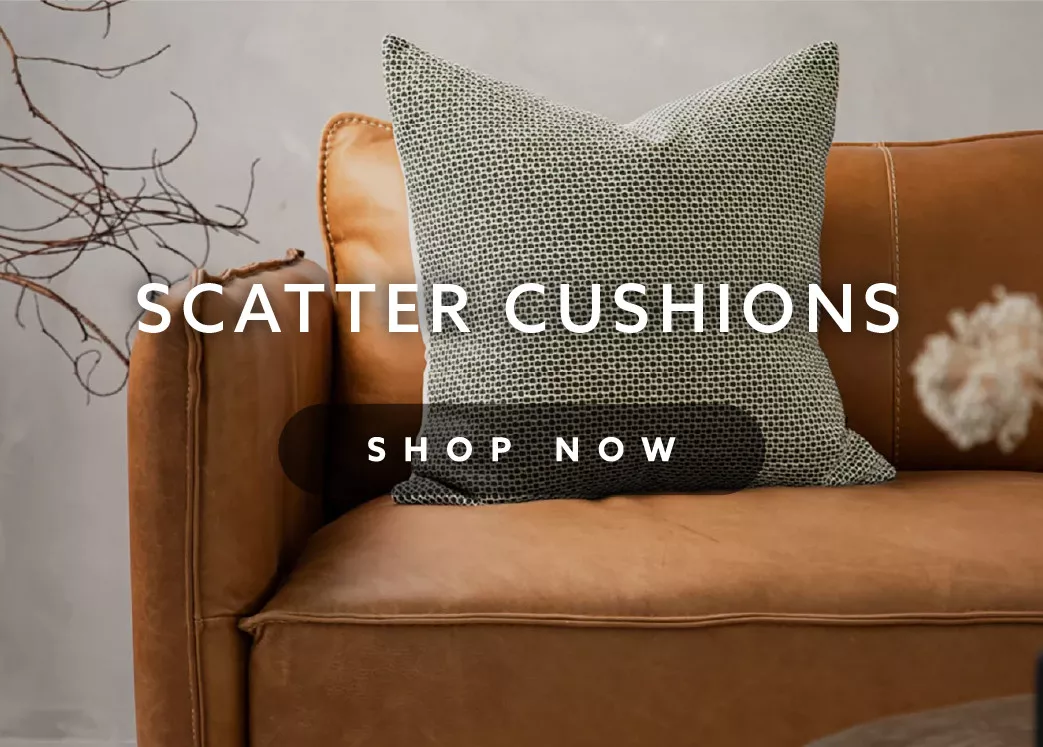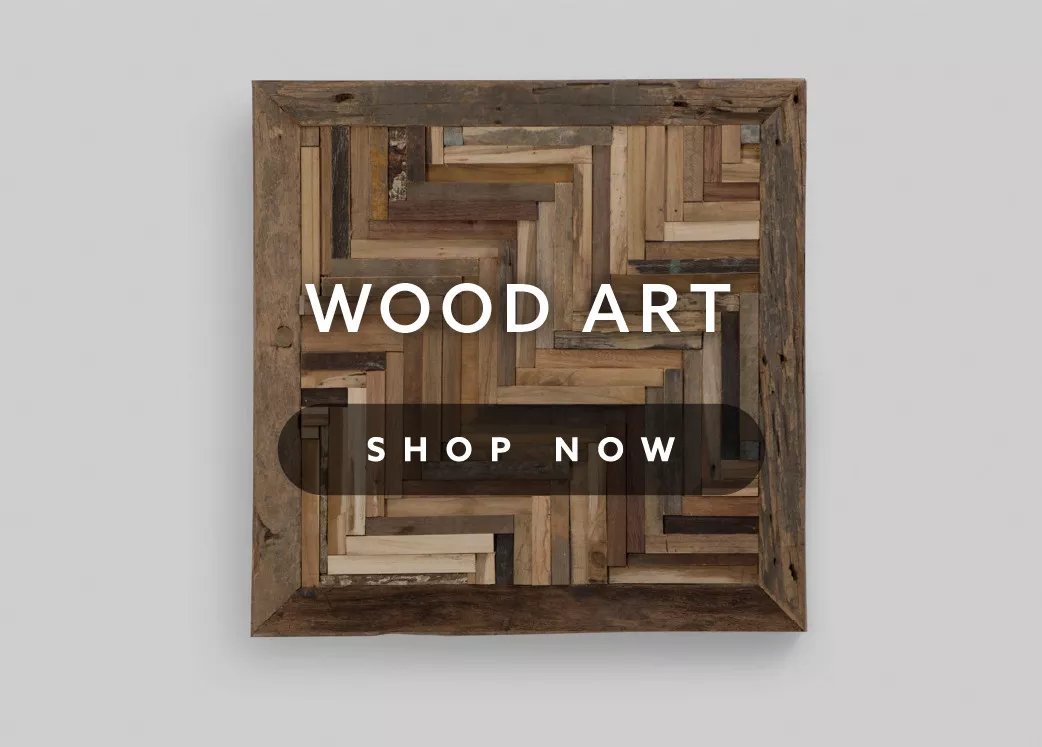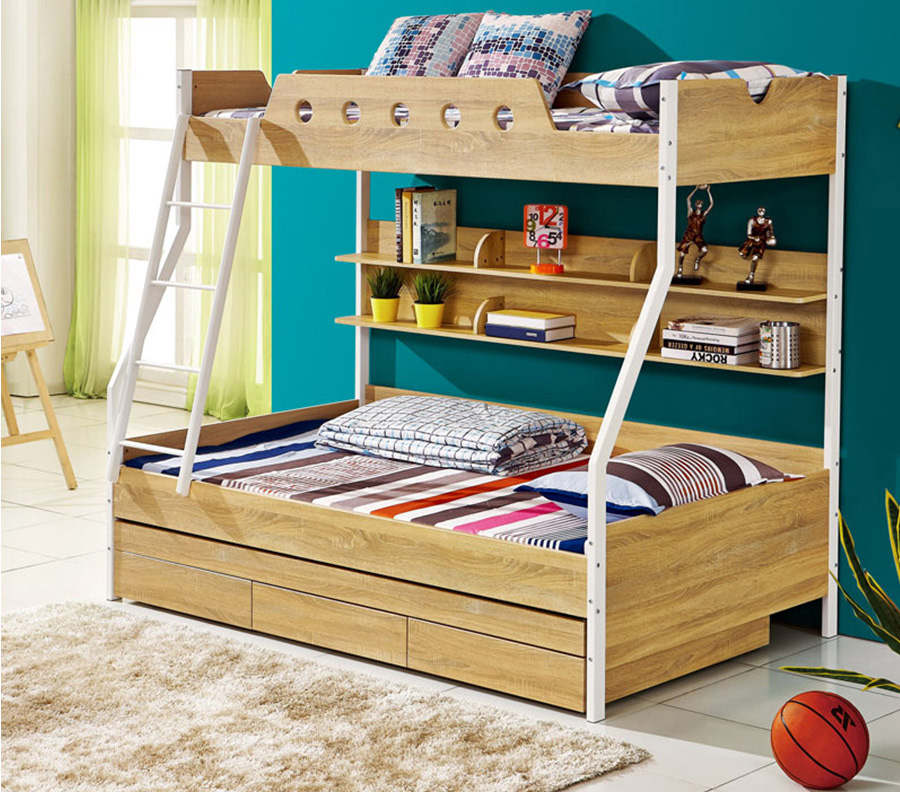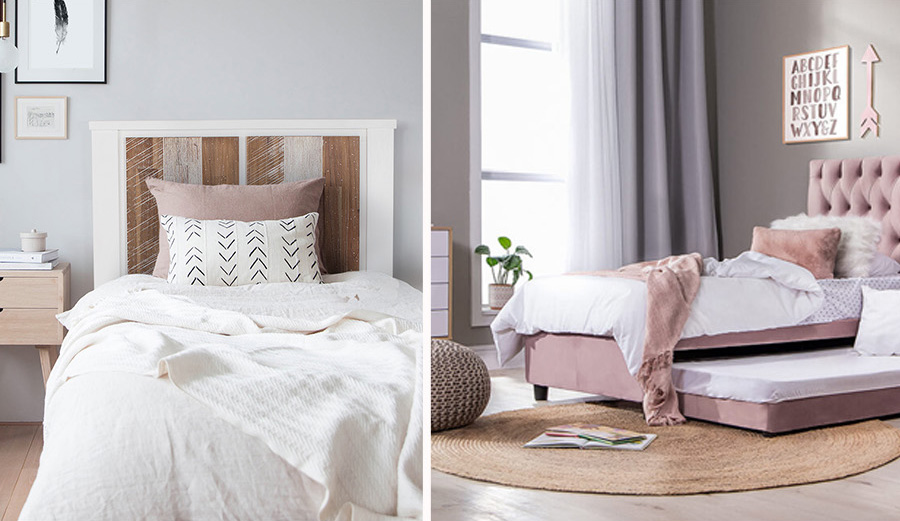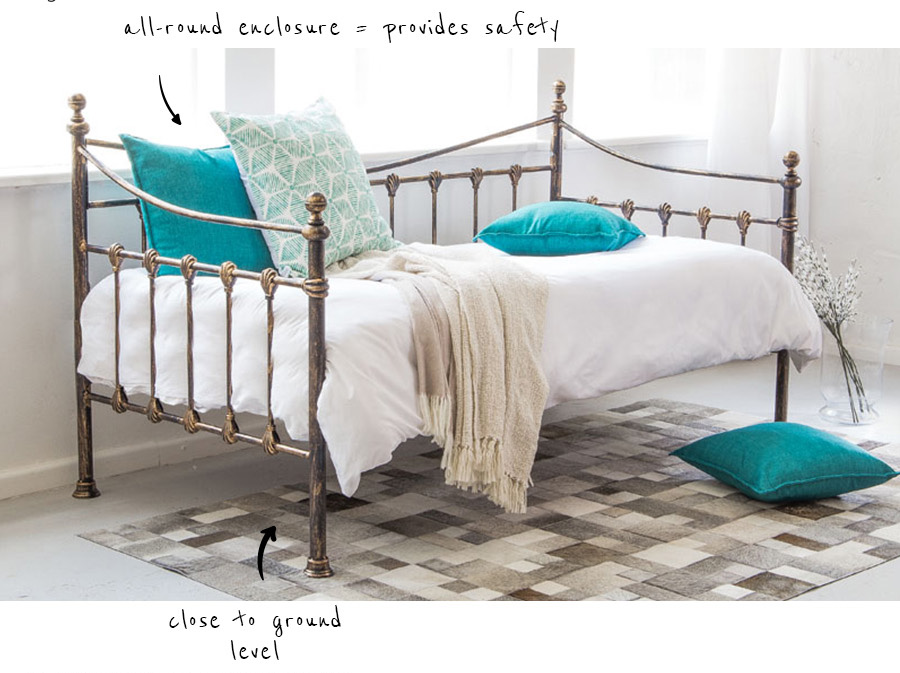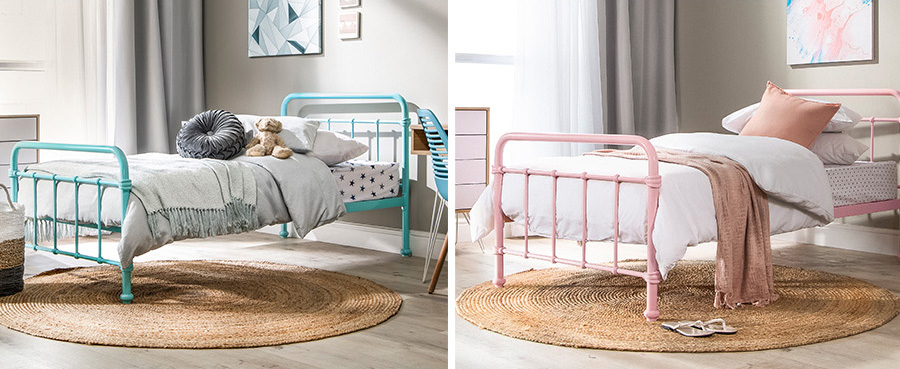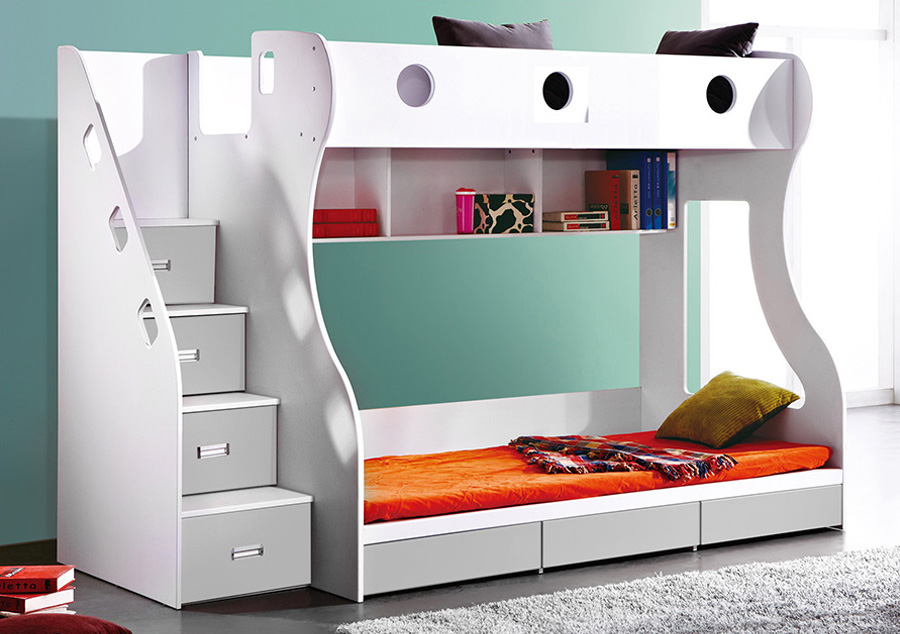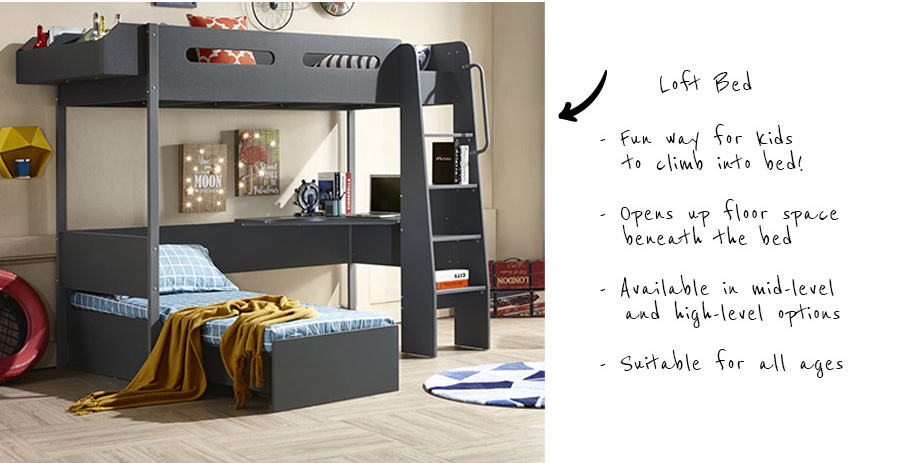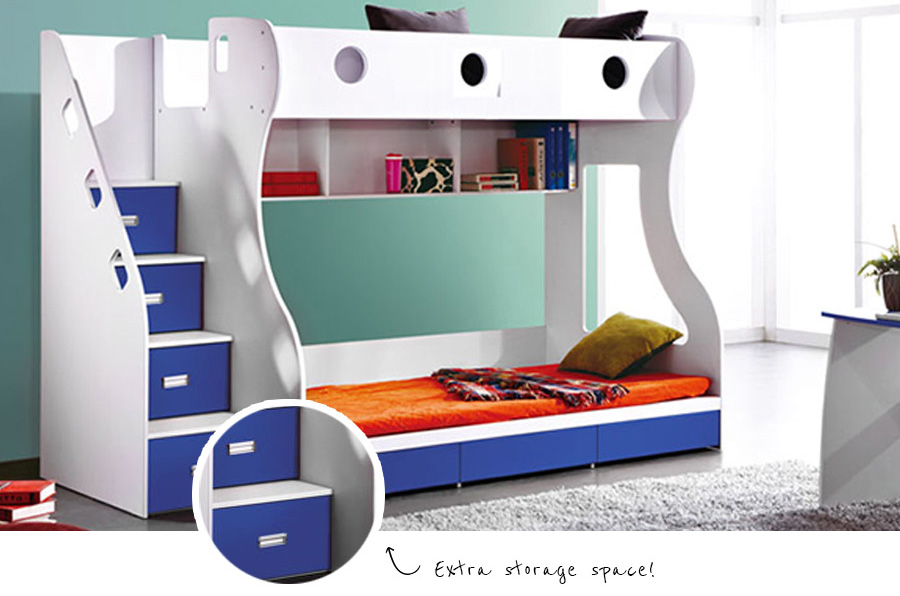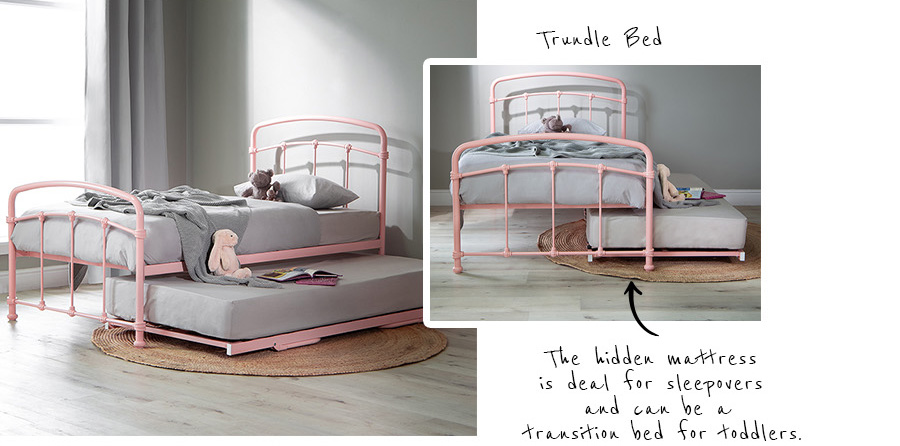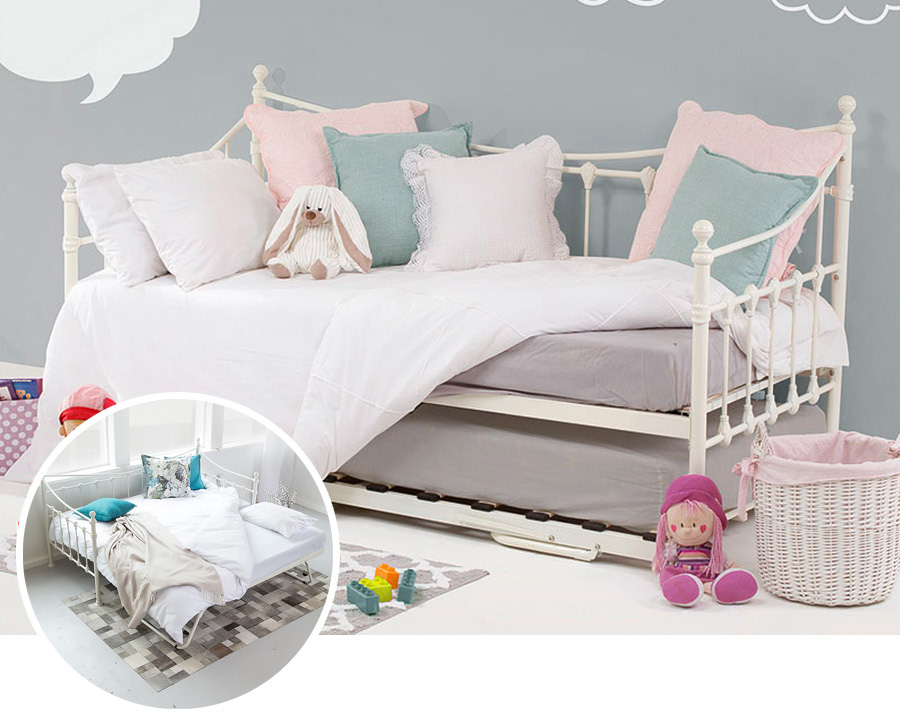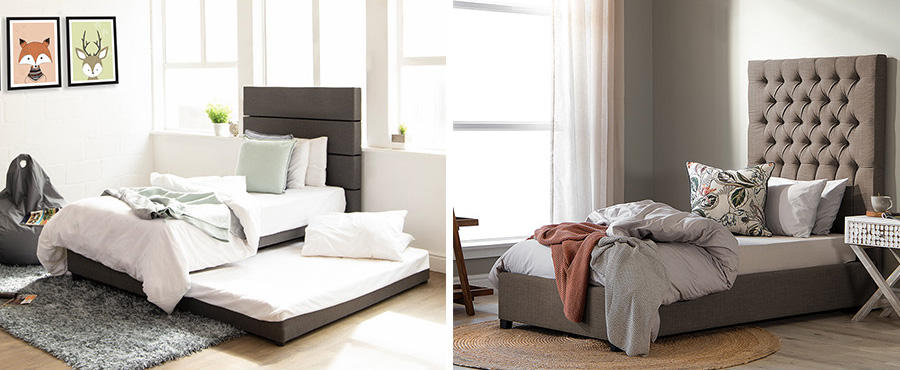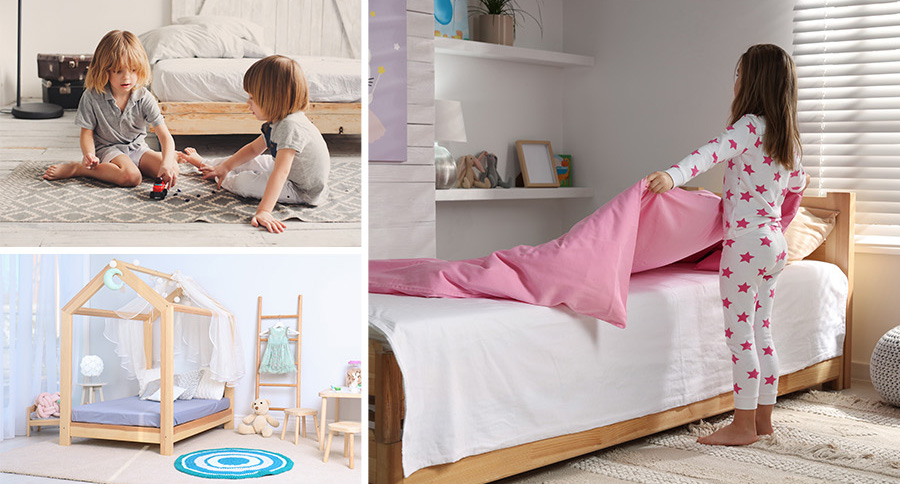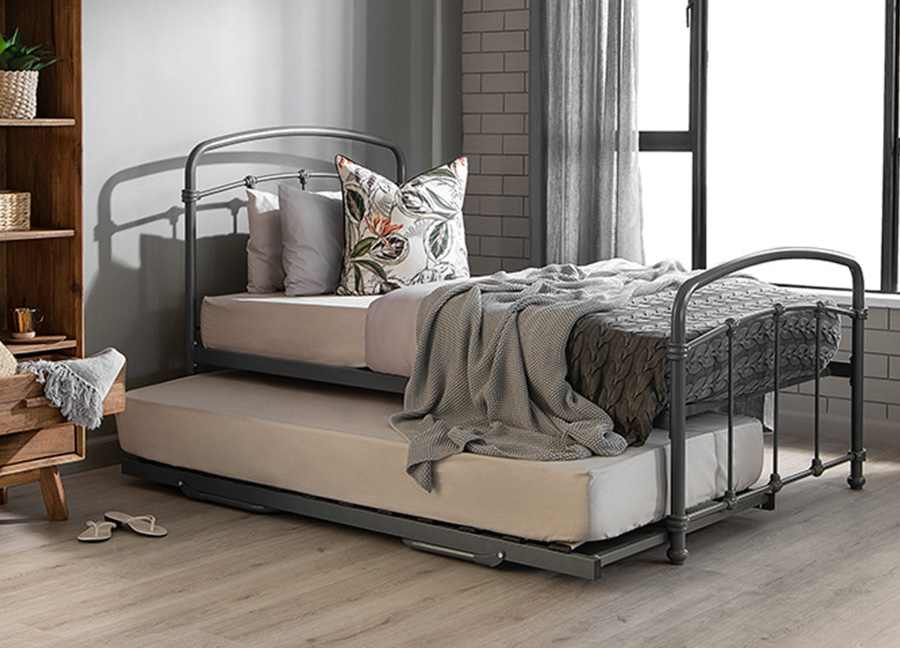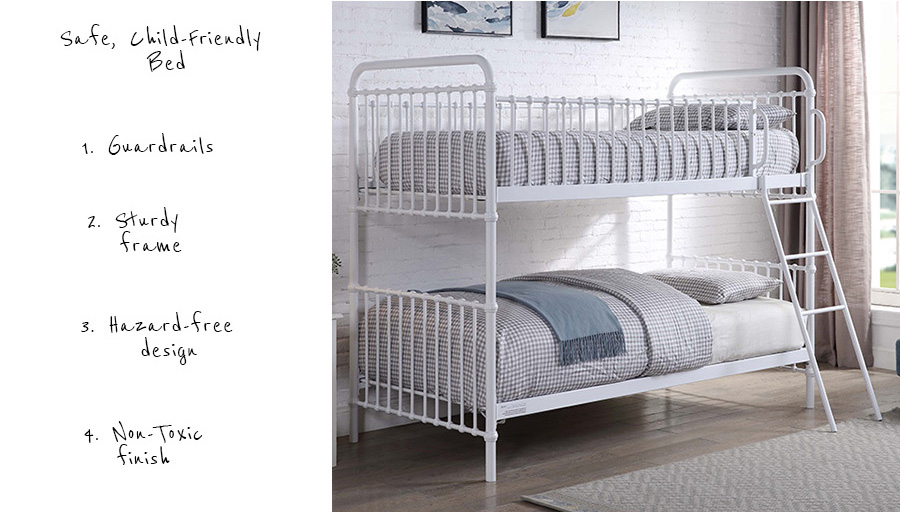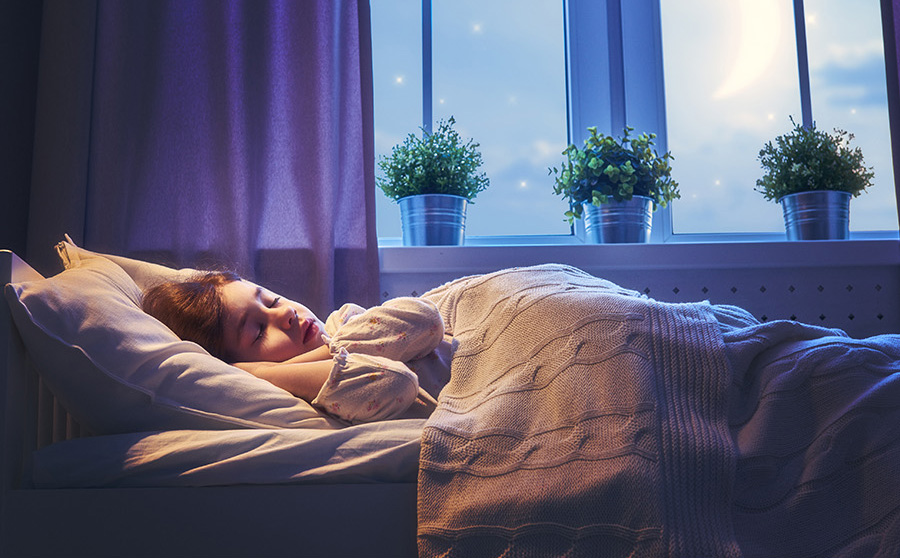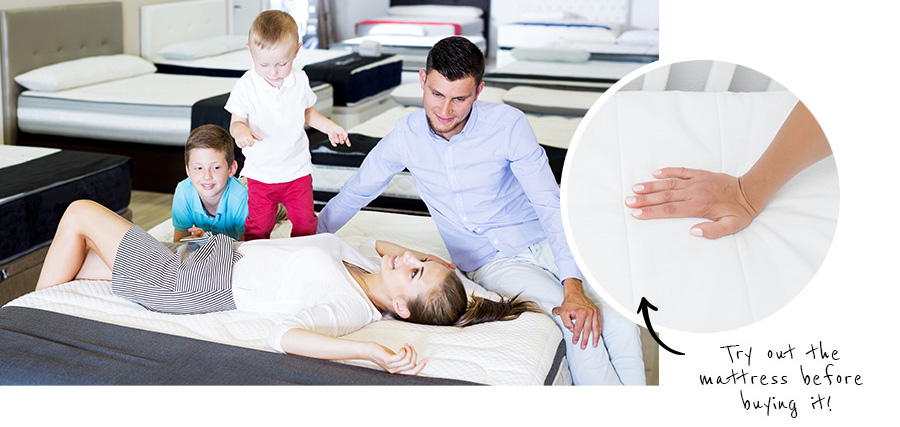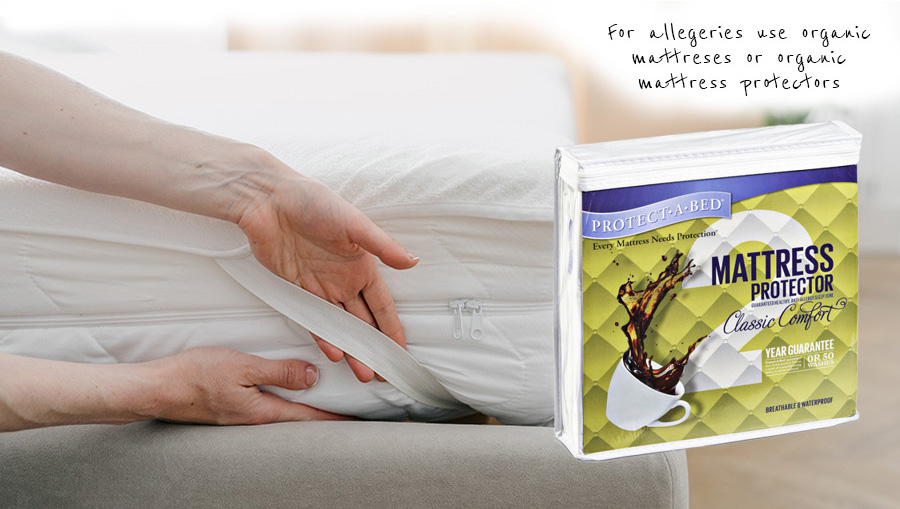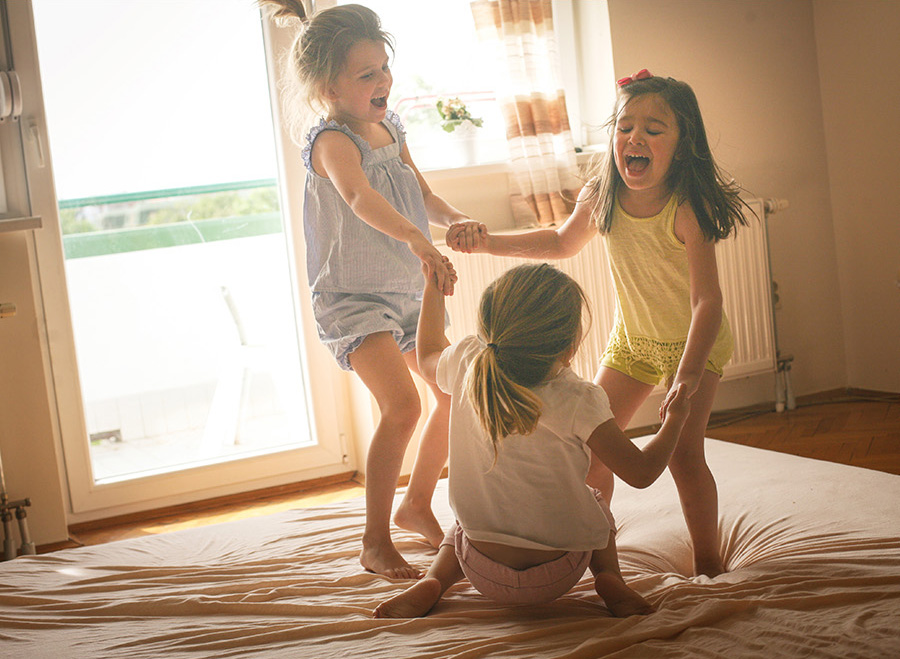How to Choose a Kids Bed: The Ultimate Guide
Featured Item: Pluto Double Bunk Bed There comes a wondrous moment in every parent’s life when your pint-sized human is ready to crawl, climb or trampoline into their very own big kid bed. While many challenges await on the journey to uninterrupted nights of dreamy sleep for you and your child, the first vital task will be to find the right bed to keep your kiddo sleeping safe and sound. Unfortunately, selecting the perfect kids’ bed can be just as complicated as finding the ideal adult bed—even more so when you consider trying to predict your kids’ preferences, jumping strength, and sibling rivalry ratings a couple of years down the road…
Whether you’ve got a specific question, or have no kicking clue where to start, we’ve got you covered!
Types of Kids’ BedsWhen it comes to products for kids, there are always hundreds of options to choose from to make your job as a parent just that little bit more overwhelming. Gone are the days of simply choosing between a single bed, bunk bed, or shoving two siblings into a double bed! Today, if your kid can dream it, he can sleep in it (budget and space allowing, of course). To help you navigate the maze of choices out there, let’s start with a brief rundown of the main types of kids’ beds you’ll find and the concept behind each design: Featured Item: Natalia Daybed - Antique Bronze Toddler beds and Twin beds – an easier transitionA toddler bed is basically a hybrid form of a cot that keeps your kiddo close to ground level and still provides some form of all-round enclosure—most popularly disguised as some kind of house, castle, or mode of transport (supposedly designed to shoot our little ones off to dreamland). Toddler beds are designed as a gradual transition to a bigger bed. Featured Item: Amari Kid's Bed Single bed – a versatile long-term solutionIf you have the space, a standard single bed is a very practical way to go, particularly if you want to shop for a good quality bed that can last your child through to college or does the rounds with younger siblings. Plus, you can usually avoid an extended hunt for the right size bedding when your little drama queen has her heart set on her favourite Disney character duvet. Featured Item: Storage Bunk Bed Bunk beds – space-saving with a dose of adventureThe traditional bunk bed involved two beds stacked atop one another as a practical (and fun) space-saving option for kids’ rooms. Today, this basic concept has evolved into a huge number of modern variations, including triple bunks, L-shape bunks, built-in bunks, storage beds, cabin beds and novelty bunk beds (many of which are fun to Google!). Many of us grew up on bunk beds and can at least vouch for the fun factor – even if there may have been a few injuries or close calls involved. Of course, today’s health and safety standards have buckled down in a big way, so along with a much greater variety of creative bunk designs, you’ll also find they’re a lot more child-friendly (though it’s still important to check safety features for yourself, as we discuss below). You can also read more on the awesome benefits of bunk beds here. Featured Item: Meteor Study Bunk Bed - Charcoal Loft Beds – open up some floor space while your kid rises to the challengeWhile easily mistaken for a bunk bed, a loft bed is just a normal bed which is elevated off the floor—a bed on stilts, really. This has the dual benefit of giving your eager little beaver a climbing apparatus (with some extra motivation to climb into bed), as well as opening up the floor space underneath. Loft beds come in mid-level and high-level options suitable for different ages. They also come in a wide range of simple to more complex and thematic designs where the area under the bed may be designed as storage, work or play space. These may be variously referred to as cabin beds, captain beds or storage beds depending on the design and manufacturer’s branding, but they all follow the same key concept. Featured Item: Storage Bunk Bed - Blue Storage beds – practical & innovativeStorage beds come in the form of single beds, bunk beds, or loft beds, but with the obvious key design feature of bonus built-in storage. From under-bed drawers and built-in shelving, to bunk bed stairs that double as cupboard space, these innovative multifunctional beds are all about space- and chaos-saving solutions for kids and parents. Featured Item: Larissa Bed - Blush Pink Trundle beds – always room for one moreA trundle bed may rule out one of your kids’ favorite hiding places (which is not always a bad thing), but it makes up for it by providing a sneaky extra ‘hidden’ bed which can be summoned on demand. No need to haul out the spare mattress, these convenient dual-function beds are perfect for sleepovers, and also ideal as transition beds for toddlers. Daybeds – a versatile & practical alternativeWhile not technically a category of kids’ beds, a daybed is definitely a versatile and design-friendly option to consider. The design of most daybeds provides both a comforting and protective sleeping space for younger children, which can double as a comfy couch or play area during the day. Many daybeds also offer a trundle bed or fold-out option to enlarge the sleeping space, which is a handy solution for sleepovers or difficult nights when your kids need you close. And there’s the obvious long-term advantage that you can still use it as a practical and attractive piece of furniture in your home once your kids no longer need it Featured Range: Kids Single Beds So, there you have it – a rundown of the main types of kids beds you’ll find in stores and online – though you’re sure to come across a few outliers! With all the options on the table, you may have already spotted a clear winner, or perhaps you’re now sighing with a serious case of choice paralysis. Either way, being clear on your priorities upfront will help you nail down the best option, and prevent rushing into any decisions you’ll regret.
Questions to Ask to Help You Choose the Right BedAs with any other purchase for your child, your first priority will naturally be their safety and well-being. Any bed should of course fulfil the main purpose of providing a safe and comfy place for your little munchkin to sleep, free of any potential hazards (as we’ll cover below). But aside from those obvious priorities, you also need to figure out what’s going to be the right fit not only for your child’s needs but also for your family, your living arrangements, your future plans, and your current budget. So, before you head to the stores, have a think through the following questions to help you cover all the bases and sort out your main priorities:
If you can answer these questions, you should have a clearer idea of what factors are going to be top of your list, whether longevity, versatility, fun, or value for money. Let’s consider a few scenarios.
|


